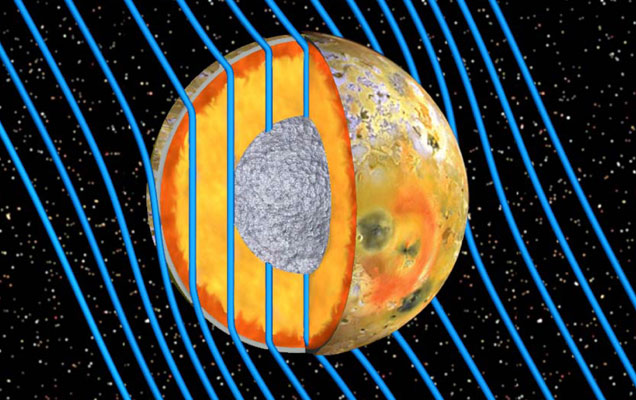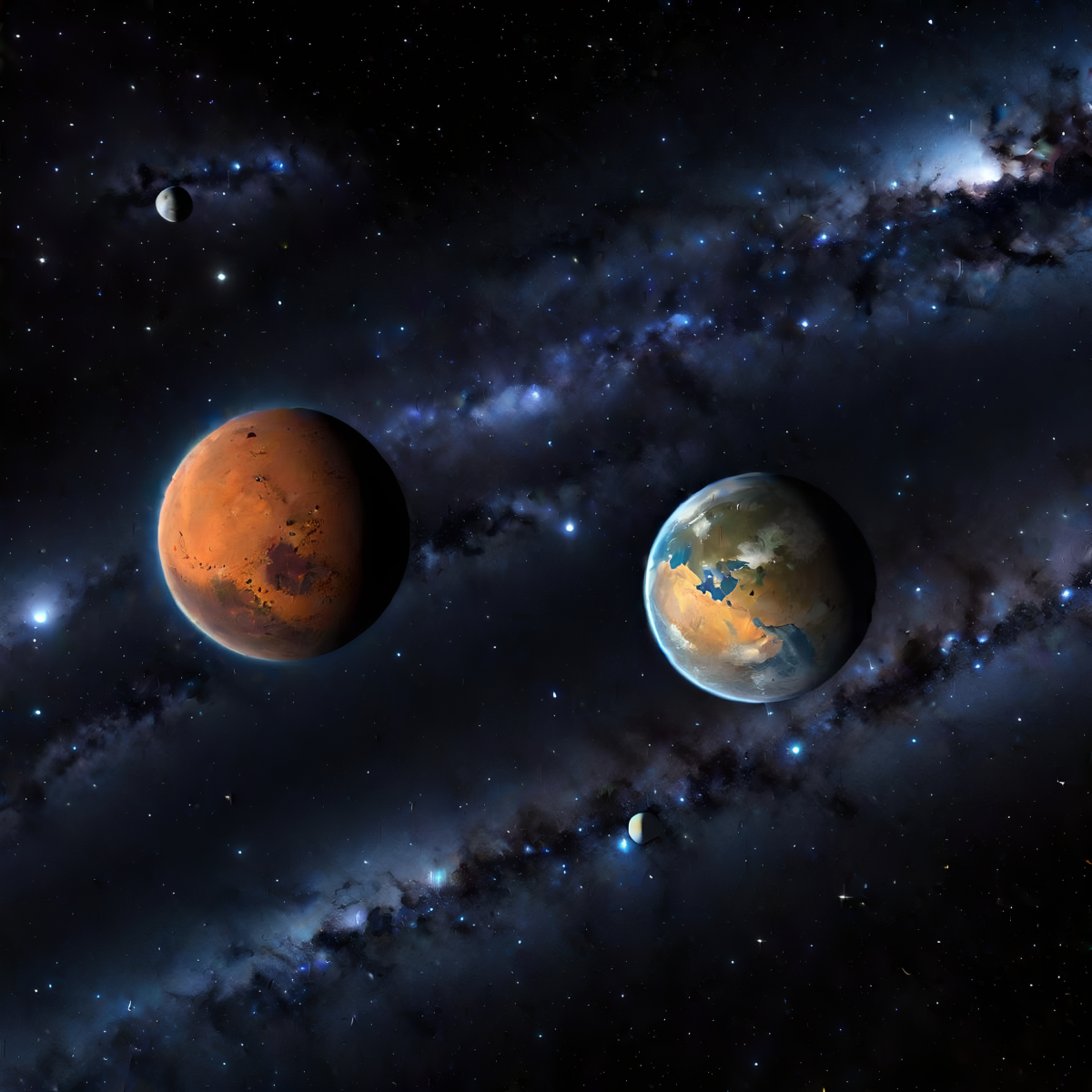
The jovian moon Io harbors a globe-girdling pool of molten rock beneath its volcano-riddled surface. That’s the conclusion of a reanalysis of decade-old data from the Galileo spacecraft that once orbited Jupiter, reported online today in Science. Theoreticians had long predicted that Jupiter’s massive gravity must raise tides in Io that knead its solid but still malleable rock to produce heat until at least part of the interior melts. And planetary geologists had seen signs in the moon’s surface lavas that indicate that its 100 known volcanic hot spots are fed by a deep magma “ocean.” But high-flying volcanic debris frustrated space physicists’ attempts to use Jupiter’s powerful magnetic field as a probe of Io’s interior. Now researchers report that they have finally sorted through the interference to reveal a magnetic signature that Io could only produce if it contains an electrically conductive layer of magma - or crystal-laden magma mush - 50 kilometers or more thick (thin orange layer) beneath its rocky crust. The find is reminiscent of the solar system’s earliest days, when most large, rocky bodies sported a magma ocean until they cooled down.

